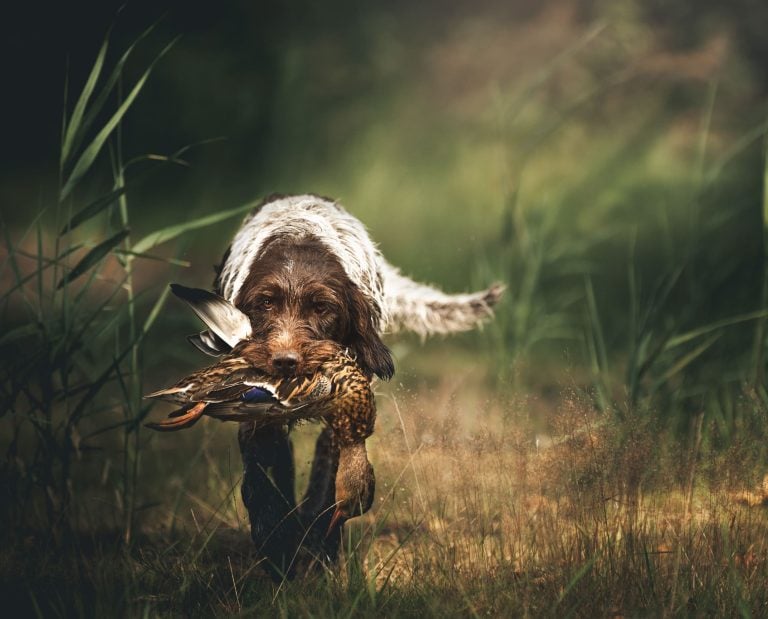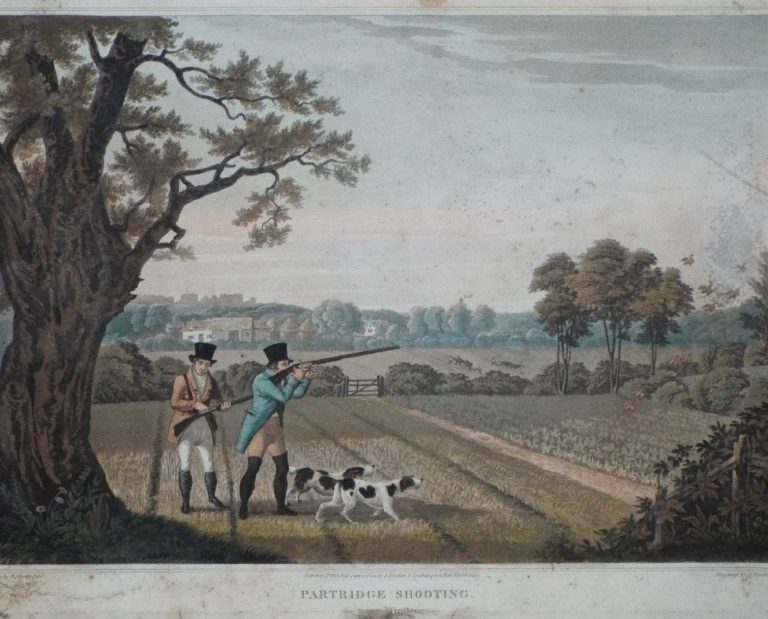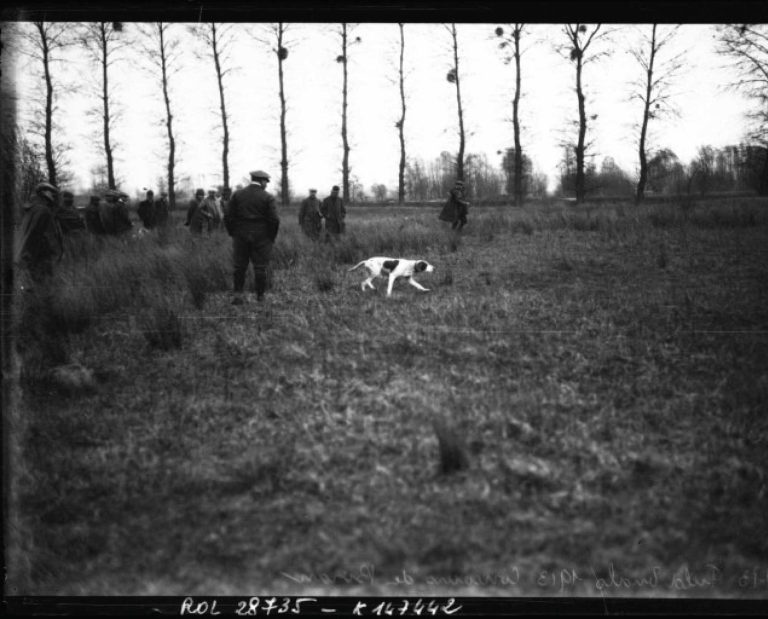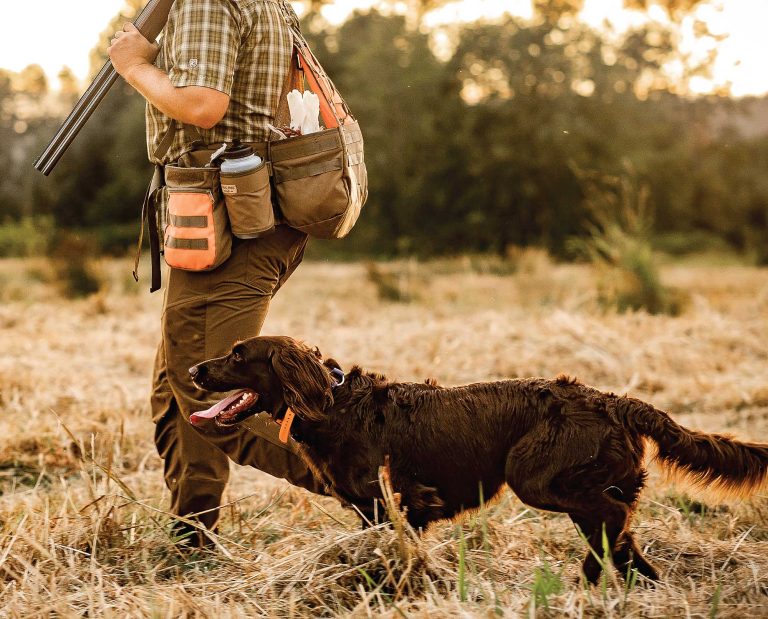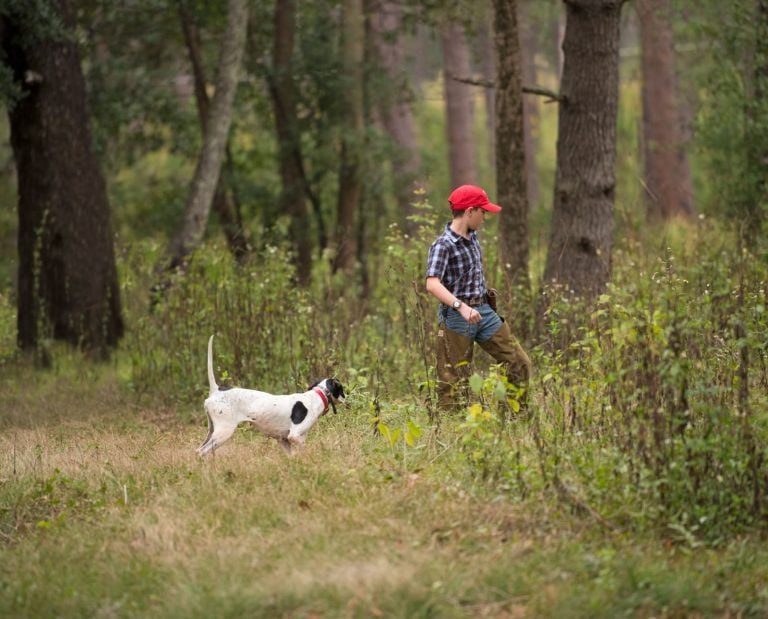The French Brittany – A Hunting Dog Profile

Cobby-bodied little dynamos, French Brittanys have an enthusiastic following in the upland community
Original purpose of the French Brittany
Although the breed originated in the 1700s in Europe as a small but rugged all purpose hunter of fur and feather, today’s Brittany types are primarily 20th century creations. In the United States, the original Epagneul Breton from Europe was called the “Brittany spaniel,” “spaniel” being dropped in 1982. Two decades later, the Brittany breed, as it is known today, officially split in two based on the divergence of objectives and breeding programs.
The Brittany’s U.S. following grew in the 1960s field trial circuit when many American kennels began breeding for big running dogs. Subsequently, more precise breed standards in terms of conformation and athletic style emerged, leading to the separation of the American Brittanys and the French Brittanys. The distinction between the two types became official in 2002 by the United Kennel Club based on the recommendation of the French Brittany Gun Dog Association of America. Both retain the instincts, purpose, and advantages of field bred versatile hunting dogs.
Hunting style and temperament
Consensus on the American versus French Brittany seems to be that the French Brittany tends to hunt closer and quarter tighter while the American Brittany adapts more readily to a wider range with its longer legs and faster speed. In terms of having a strong nose and point, the two types are equally gifted. Both can be capable retrievers and water dogs, some naturally and some with training.
French Brittanys are intelligent, affectionate, and hard-working. Despite an almost stubborn tenacity when it comes to hunting, they make easy-going family companions.
Traits of the French Brittany
- Size
Hunters preferring a compact but proficient upland hunter will find the French Brittany ideal. They tend to be smaller than American Brittanys, topping out at about 40 lbs. Their bodies have bulkier muscles and a square silhouette with the ground to withers measurement equal to body length. Their tails are close cropped; originally many were bobtailed.
- Coat
Unlike American Brittanys, French Brittanys have a black color gene which means their coats can be black roan or tricolor as opposed to the American Britts which only come in orange, white, and liver. French Brittanys usually have black pigmentation in their nose and often in their lips, eyelids, and pads as well. The American Brittanys nose is always a brownish hue. Both Brittanys’ coats should be flat with feathering on their ears and tail. All Brittanys are moderate burr and brush magnets that often require grooming after working in thick cover.
- Maturity
French Brittanys take to their training well but can be on the soft side. Their biddability makes them easy students. Some French Britt owners report they have an endearing but cunning side and know how to “work” their handlers.
- Health risks
Minor flags for seizures and knee problems.
- Finding a good breeder
The United Kennel Club recognizes the Brittany and French Brittany as separate breeds. At this point, neither the American Kennel Club or the North American Versatile Hunting Dog Association list them separately, registering both types under the breed name “Brittany.” A primary point of entry when looking for a French Brittany would be the Club de L ‘Epagneul Breton of the United States.



